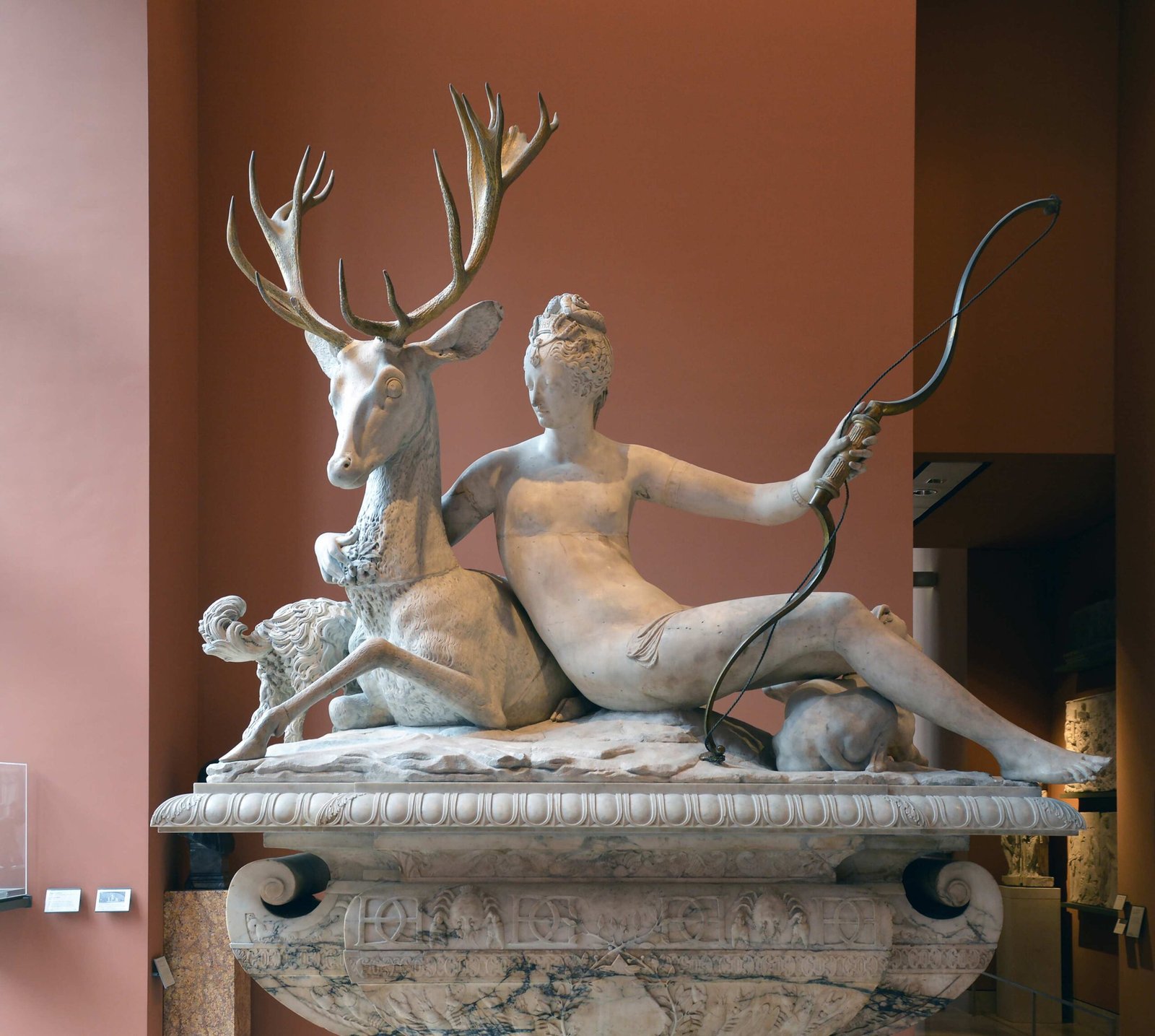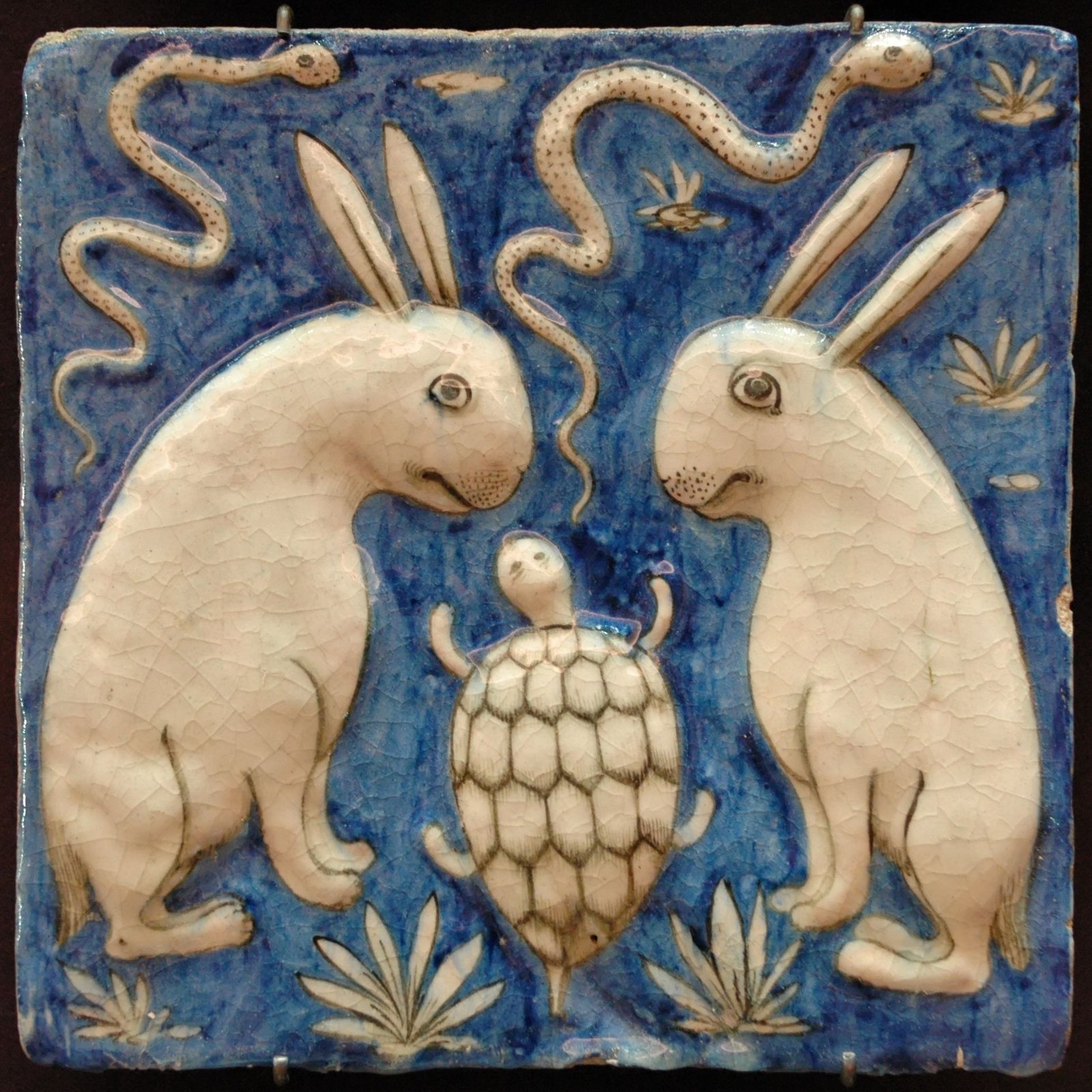The Louvre Museum in Paris houses a remarkable collection of artifacts from ancient Egypt, including pieces related to Akhenaten and Nefertiti. These artifacts provide insight into the Amarna period, a unique era in Egyptian history. The museum’s collection features a limestone statue of Akhenaten and Nefertiti, measuring 22.4 cm in height, which depicts the royal couple in formal yet intimate poses. This article explores the significance of these artifacts and the experience of viewing them at the Louvre.
What Are the Key Artifacts of Akhenaten and Nefertiti at the Louvre?

The Louvre Museum’s collection of Akhenaten and Nefertiti artifacts is centered around a limestone statue that offers a glimpse into the artistic style and royal representation of the Amarna period. Here are the key details of this significant piece:
- Statue Dimensions:
- Height: 22.4 cm
- Width: 11.2 cm
-
Depth: 9.8 cm
-
Material: Limestone with painting and relief techniques
-
Historical Context: Dates back to the Amarna period (circa 1352-1335 BCE)
-
Origin: Discovered at Tell el-Amarna, Middle Egypt
-
Artistic Features:
- Akhenaten depicted with pleated kilt, blue crown, uraeus, and ousekh collar
- Nefertiti shown with pleated robe, Amarna crown, ousekh collar, and earrings
- Hieroglyphic inscriptions including royal cartouches
This statue is a prime example of the unique artistic style that flourished during Akhenaten’s reign, characterized by more naturalistic and intimate portrayals of the royal family.
How Does the Louvre Depict the Relationship Between Akhenaten and Nefertiti?

The Louvre’s exhibit offers a nuanced portrayal of the relationship between Akhenaten and Nefertiti, emphasizing their roles as both royal figures and partners. The statue in the collection provides several insights:
-
Royal Partnership: The side-by-side depiction of Akhenaten and Nefertiti underscores their co-rulership and equal status.
-
Religious Significance: Their poses and attire reflect their roles as the primary worshippers of Aten, the sun disk god central to Akhenaten’s religious reforms.
-
Artistic Innovation: The statue showcases the distinctive Amarna art style, which broke from traditional Egyptian artistic conventions.
-
Symbolic Elements: The presence of royal insignia and hieroglyphic inscriptions reinforces their divine and earthly authority.
This representation aligns with other artifacts from the Amarna period, which often depicted the royal couple in intimate settings, emphasizing their unity and shared devotion to Aten.
What Are the Practical Details for Visiting the Akhenaten and Nefertiti Exhibits at the Louvre?
Planning a visit to see the Akhenaten and Nefertiti artifacts at the Louvre requires some preparation. Here’s a guide to help you make the most of your visit:
Opening Hours and Admission
| Day | Opening Hours | Notes |
|---|---|---|
| Monday, Thursday, Saturday, Sunday | 9:00 AM – 6:00 PM | Open |
| Tuesday | Closed | – |
| Wednesday, Friday | 9:00 AM – 9:45 PM | Extended hours |
Admission Fees:
– Standard ticket: €18
– Free admission: First Sunday of each month (October to March) and July 14 (Bastille Day)
Guided Tours and Accessibility
- Guided Tours:
- Audio guides available in multiple languages
- Group tours led by museum staff (book in advance)
-
Specialized Egyptian art tours may be available
-
Accessibility Features:
- Wheelchair ramps and elevators
- Accessible restrooms
- Wheelchairs and strollers available for loan
Tips for a Smooth Visit
- Book tickets online to avoid long queues
- Visit during weekdays or extended hours for smaller crowds
- Allow at least 2-3 hours to explore the Egyptian collection
- Check the museum map for the exact location of the Akhenaten and Nefertiti exhibits
What Additional Resources Does the Louvre Offer for Learning About Akhenaten and Nefertiti?
The Louvre provides various resources to enhance your understanding of Akhenaten, Nefertiti, and the Amarna period:
- Educational Programs:
- Lectures and workshops on Egyptian art and history
- Special tours focusing on the Amarna period
-
Children’s programs introducing ancient Egyptian culture
-
Digital Resources:
- Online catalog with detailed information on artifacts
- Virtual tours of the Egyptian galleries
-
Educational videos and interactive content
-
Temporary Exhibitions:
- Rotating exhibits that may feature additional Amarna period artifacts
-
Collaborations with other museums to bring in rare pieces
-
Research Facilities:
- Access to the Louvre’s extensive library for scholarly research
- Opportunities for students and researchers to study artifacts up close
To stay updated on the latest offerings, it’s recommended to check the Louvre’s official website or subscribe to their newsletter.
How Does the Louvre’s Collection Compare to Other Museums’ Akhenaten and Nefertiti Exhibits?
While the Louvre houses significant artifacts from the Amarna period, it’s worth noting how its collection compares to other major museums:
- Egyptian Museum, Cairo:
- Houses the largest collection of Amarna period artifacts
-
Features colossal statues of Akhenaten
-
Neues Museum, Berlin:
- Home to the famous Nefertiti Bust
-
Extensive collection of Amarna period jewelry and daily life objects
-
British Museum, London:
- Displays the Colossal Quartzite Statue of Amenhotep III and Tiye
-
Houses numerous relief fragments from Amarna
-
Metropolitan Museum of Art, New York:
- Features the Wilbour Plaque depicting Akhenaten and Nefertiti
- Exhibits a wide range of Amarna period art and artifacts
The Louvre’s collection, while smaller in scale, offers a unique perspective on the artistic and cultural shifts of the Amarna period, complementing the exhibits found in other world-renowned museums.
What Recent Discoveries or Research Have Impacted Our Understanding of Akhenaten and Nefertiti?
Recent archaeological findings and scholarly research continue to shape our understanding of Akhenaten, Nefertiti, and their reign:
- DNA Analysis:
- Recent genetic studies have provided new insights into the royal family’s lineage
-
Debates continue about Tutankhamun’s parentage and Nefertiti’s role as his potential mother
-
Amarna Project:
- Ongoing excavations at Tell el-Amarna have uncovered new residential areas and workshops
-
These findings provide a more comprehensive view of daily life during the Amarna period
-
Reinterpretation of Texts:
-
New translations of Amarna period texts have led to revised theories about the nature of Atenism and its impact on Egyptian society
-
Technological Advancements:
-
Advanced imaging techniques have revealed hidden details in artifacts, including traces of pigment on sculptures
-
Nefertiti’s Tomb:
- Ongoing debates and investigations into the possibility of Nefertiti’s undiscovered tomb in the Valley of the Kings
These developments continue to influence museum exhibits and interpretations, including those at the Louvre, highlighting the dynamic nature of Egyptology and archaeological research.
In conclusion, the Akhenaten and Nefertiti artifacts at the Louvre Museum offer a fascinating glimpse into one of ancient Egypt’s most intriguing periods. Whether you’re a history enthusiast, an art lover, or simply curious about ancient cultures, these exhibits provide a unique opportunity to connect with the past and explore the legacy of two of Egypt’s most famous rulers.
References:
1. https://collections.louvre.fr/en/ark:/53355/cl010008248
2. https://www.louvre.fr/en
3. https://www.louvre.fr/en/visit
